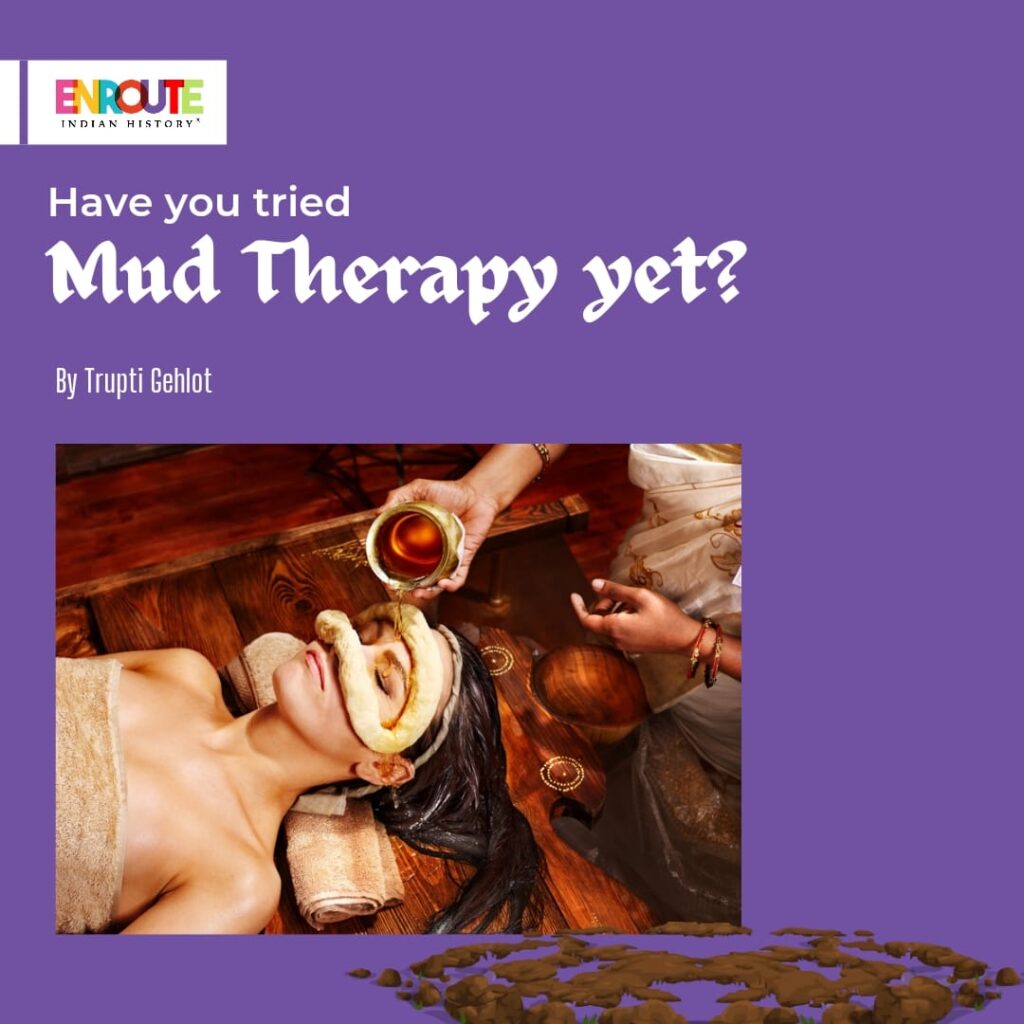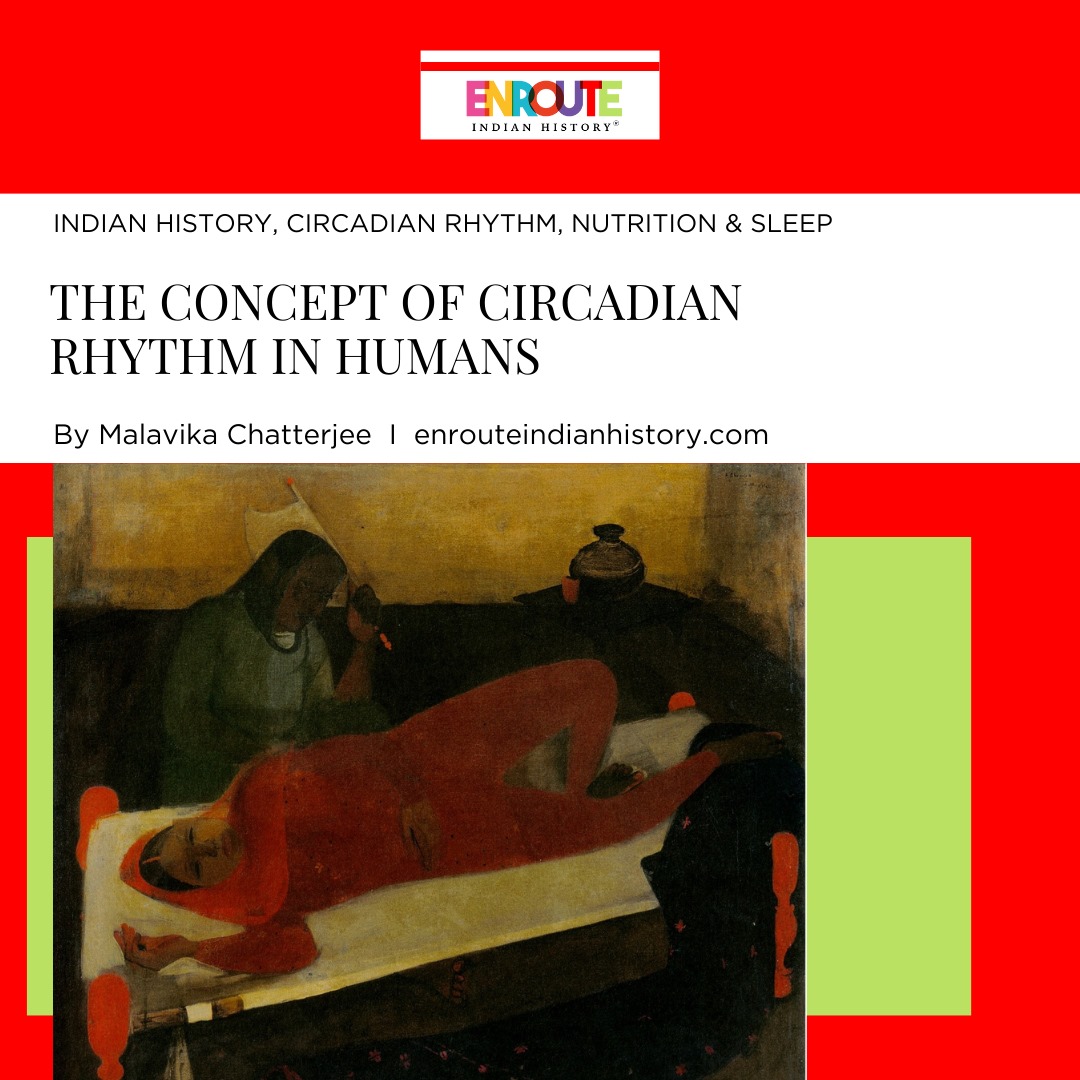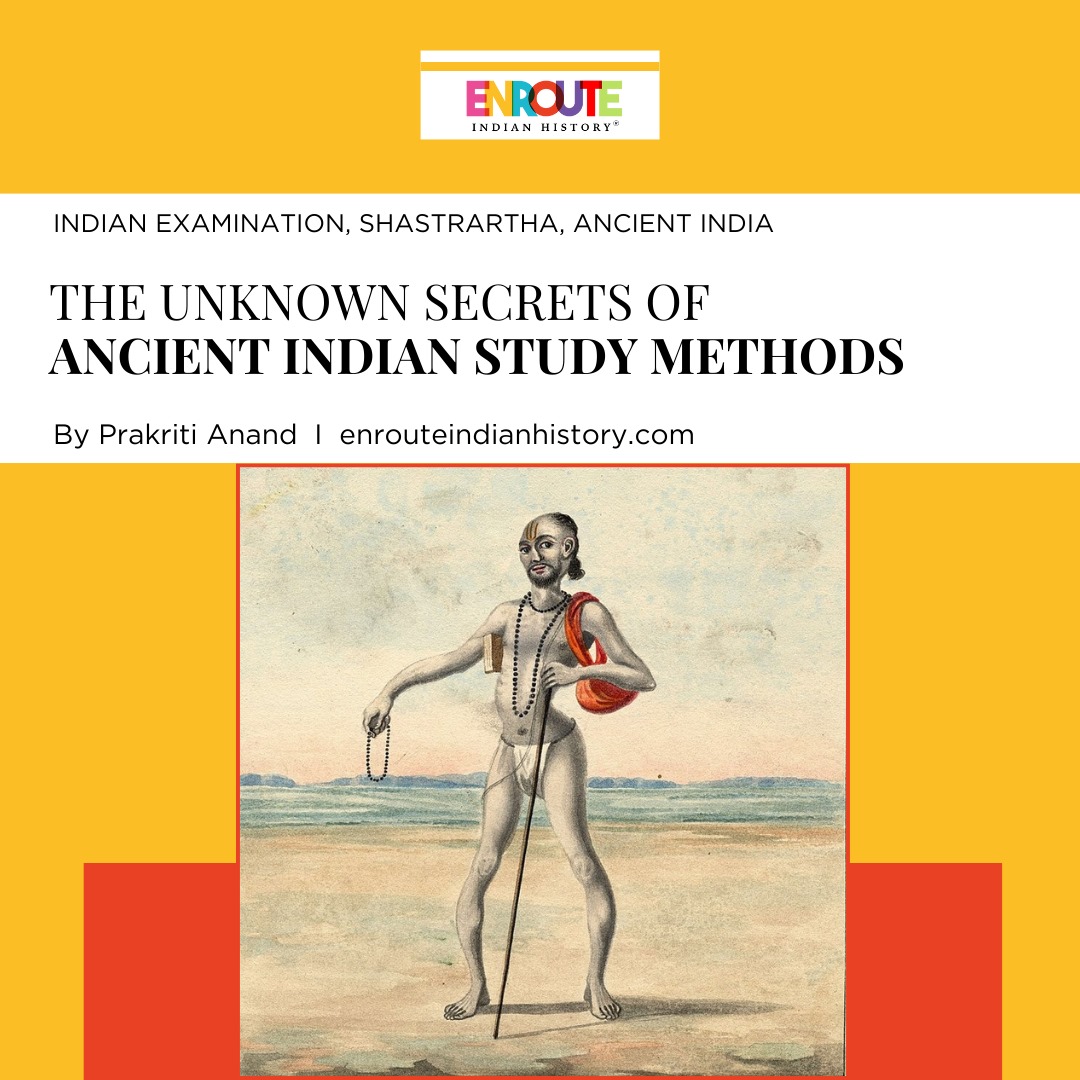
Throughout history, various civilizations have drawn from the abundant resources of nature to discover remedies for ailments and maintain holistic well-being. There are five elements of Nature i.e. Earth (mud), Water (Jala), Fire (Agni), Air (Vayu), and Space (Akash). Mud is one of five elements of nature having an immense impact on the body in health as well as sickness. It can be employed conveniently as a therapeutic agent in Naturopathy treatment as its black colour absorbs all the colours of the sun and conveys them to the body. Mud harbours essential minerals with significant benefits for human health, making it a valuable natural resource. Its capacity to absorb toxins from the body makes it an effective preventive measure against numerous diseases, while also being renowned for its healing properties. Additionally, mud’s unique ability to retain moisture enables it to provide a cooling and relaxing effect on the body. The ancient Indian system of medicine, Ayurveda, has long recognized the therapeutic value of soil and mud in various treatments. This time-honoured wisdom passed down through generations, unveils the profound healing potential of the earth.
Historical Origins –
The roots of using soil in Ayurveda can be traced back thousands of years. Ancient Ayurvedic texts, such as the Charaka Samhita and Sushruta Samhita, mention the use of various natural substances, including soil, for medicinal purposes. In Ayurveda, the earth is considered a powerful source of energy, rich in minerals and trace elements, which are essential for the body’s balance and healing. The traditional practice of consuming certain types of medicinal soil, known as “Mitti” or “Bhavana,” dates back to the Vedic era. Ancient sages observed the habits of animals, such as parrots and elephants, who were known to eat certain types of soil during illness. Inspired by nature’s wisdom, Ayurvedic practitioners began exploring the potential benefits of these soils for human health.

The therapy’s anti-inflammatory action makes it a valuable remedy for wound healing, acne, and arthritis. Picture Courtesy : Lokmat
Soil found in different parts of the world has different properties. Mud composition varieswith the place of origin. Mineral constituents of mud vary with the kind of rocks found in the region and the process of soil formation. Mud property is influenced by the kind of flora and fauna of the region. Therefore, it is essential to learn about the properties of mud before utilizing its benefits. It is important to note that before using any type of mud it should be dried, powdered and sieved to remove any type of impurities such as stones, grass, etc.
Mud therapy, an ancient healing practice in Ayurveda, harnesses the remarkable properties of mud to ail and heal. Its principles are rooted in the capacity of mud to absorb toxins and eliminate them through the skin, reducing muscle rigidity and softening tissues. The therapy’s anti-inflammatory action makes it a valuable remedy for wound healing, acne, and arthritis. This potent healing approach encompasses thermal, mechanical, chemical, and electrical effects, offering diverse benefits. The thermal aspect allows mud to retain hot or cold temperatures, optimizing therapeutic effects. Mechanically, mud exerts pressure and induces osmotic changes, resolving pathological products. The chemical impact of mud’s minerals, like zinc, copper, iodine, and magnesium, enhances therapeutic benefits. Mud therapy finds expression in mud packs, which improve skin complexion, aid digestion, and alleviate pain. Mud baths energize skin tissues, improve complexion, and provide relief from skin disorders and anxiety. Additionally, internal use of mud targets conditions like rheumatism and allergies. Embracing the natural wisdom of mud therapy in Ayurveda brings forth a profound connection with the Earth’s healing potential, offering a holistic path to vitality and balance.
Mud therapy in Ayurveda encompasses various specialized treatments, each tailored to address specific health concerns. Udwartana, a therapeutic massage blending herbal powder with mud, aids in weight reduction, and muscle toning, and enhances blood circulation. Matra Basti involves applying a clay or mud dough dam to a targeted body area, with medicated warm oil poured within, offering relief from lower back pain and muscular tension. Pizhichil, a traditional Ayurvedic treatment, involves the pouring of warm, medicated oil on the body while being gently massaged with soft cotton cloth, occasionally incorporating mud to intensify its therapeutic impact. These examples illustrate the diversity and efficacy of mud therapy in Ayurveda, highlighting its ability to address a wide range of health issues.
Ayurveda, with its profound understanding of the healing properties of nature, incorporates soil and mud in various other therapeutic applications beyond mud therapy. In skin care, earth-based face masks and scrubs utilize mud to cleanse, exfoliate, and nourish the skin, unveiling a radiant complexion. For eye care, soothing eye packs made with medicinal soil provide relief from irritations and improve vision. Internal use of specific mud types, such as French clay, addresses various disorders like allergies, asthma, and chronic constipation, leveraging the minerals and organic compounds present. Ayurvedic spas offer unique mud baths, where the entire body is immersed in prepared mud, increasing blood circulation and energizing skin tissues. Mud packs applied to the abdomen help with digestion, constipation, and abdominal pain. Furthermore, mud’s anti-inflammatory properties are harnessed to aid in wound healing and soothe conditions like acne and arthritis. Ayurveda’s diverse utilization of soil and mud showcases the timeless wisdom of connecting with the Earth’s natural elements for holistic well-being.

Pizhichil, a traditional Ayurvedic treatment, involves the pouring of warm, medicated oil on the body while being gently massaged with soft cotton cloth, occasionally incorporating mud to intensify its therapeutic impact.
In conclusion, the profound use of soil and mud in Ayurveda stands as a testament to the ancient wisdom that acknowledges the Earth’s innate healing powers. From mud therapy that detoxifies, relieves pain, and balances doshas, to the inclusion of medicinal soil in skincare and internal treatments, Ayurveda unveils the transformative potential of nature’s bounties. Embracing the therapeutic qualities of soil and mud fosters a harmonious connection with the environment, reaffirming Ayurveda’s core principle of restoring balance and well-being by harnessing the gifts bestowed upon us by Mother Earth. As we delve into the therapeutic embrace of mud in Ayurveda, we are reminded of the timeless relationship between humans and nature, forging a path towards holistic health and vitality.
References
- Dr. Ram Kumar Agarwal and Dr. Ravi Narayan Prajapati. Mud therapy: A type of Panchbhautic Chikitsa of Ayurveda. J Pharmacogn Phytochem 2019;8(3):3645-3647.
- Dr Abhishek Magotra, Dr Sheetal. A study on the role of Mud therapy for the maintenance of health. J Ayurveda Integr Med Sci 2019;2:102-105. http://dx.doi.org/10.21760/jaims.4.2.19
Jaiswal, Y. S., & Williams, L. L. (2017). A glimpse of Ayurveda – The forgotten history and principles of Indian traditional medicine. Journal of Traditional and Complementary Medicine, 7(1), 50-53. https://doi.org/10.1016/j.jtcme.2016.02.002
- March 27, 2024
- 11 Min Read
- March 20, 2024
- 15 Min Read

























